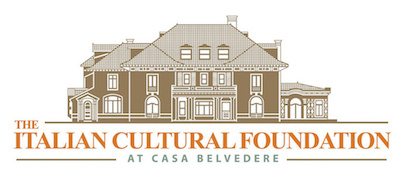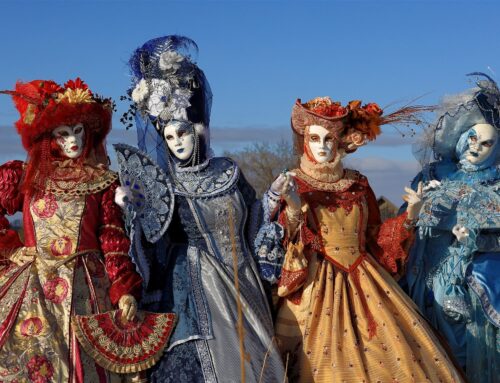Italians are blessed with a colorful culture, and are famous for expressing themselves with dramatic flair. That includes hand gestures that accompany a wide range of expressions, everything from friendly to crude. Italians talk with their hands – literally. If you ask an Italian to sit on their hands while speaking, it would likely be a very short experiment.
Some research has suggested that hand gestures are deeply entrenched in Italian life, passed down from many generations. Some hand gestures are better suited than actual words, almost like a separate language, especially when expressing something like disgust.
Italians are also affectionate when greeting others. If a firm handshake is as American as apple pie, the Italian cheek kiss is as Italian as … well, your favorite pasta, pizza, or pastry. When you leave at the end of a family event, you must start saying your good-byes well in advance, depending on the size of the gathering.
This particular social ritual is facing a serious threat because of the Covid-19 pandemic. Italians and other Europeans have been repeatedly warned that “cheek kissing” is too dangerous.
And although you “kiss the air” when touching both cheeks of family or friends, health officials insist this close proximity can easily spread viruses. These mandates protect human lives, but are a big challenge for “touchy/feely” Italians who show their affection and friendship in a caring display.
It’s unclear how long before the current pandemic will fade to just a bad memory. In coming months, face masks may serve as a visual and physical reminder to avoid cheek kisses, but there may be long-term changes to this time-honored tradition. Many people – especially the elderly, who are particularly vulnerable to illness – may have lingering fears of being too close to others.
While cheek kisses are on indefinite hold among Italians, hand gestures can continue – from a social distance. Officially, they are called gesticulation, but that’s a fancy word to describe something that likely became common when different tribes started moving across Europe. Over time, it became especially common among southern Italians in cities, who needed a way to communicate when faced with many regional dialects.
Studies have shown that children observe their parents using hand gestures, and learn it much the same way they learn the spoken language. It’s estimated there are more than 250 specific hand gestures used by Italians.
Many Italians believe some hand gestures work even better than words, because they visually express emotions – and they attract attention more than actual speech. It’s like a second – or supplemental – language, to better explain things. Some of the most common Italian hand gestures are used to express delight or shock; ask a favor; say hello or goodbye; give a warning; or actually curse at someone, sometimes crudely.
Some studies have even found that people who use hand gestures are, by nature, more energetic and friendly. If you want to learn – or reinforce – classic Italian hand gestures, click here for a colorful primer.
Want to learn more? Click here for a special video presentation on this subject.
The Italian Cultural Foundation at Casa Belvedere is a not-for-profit organization that celebrates everything Italian by sharing stories such as this, and offering exceptional public programs: Language and cooking classes; art and photo exhibits; film festivals; opera luncheons and casino nights; Italian car shows and fashion shows; live concerts and theatrical performances; guest chef experiences and wine tastings; bocce and bingo (tombola); and much more. Casa Belvedere (house with a beautiful view) has established itself as a vibrant and buzzing cultural center in New York City. For more information, visit casa-belvedere.org.






